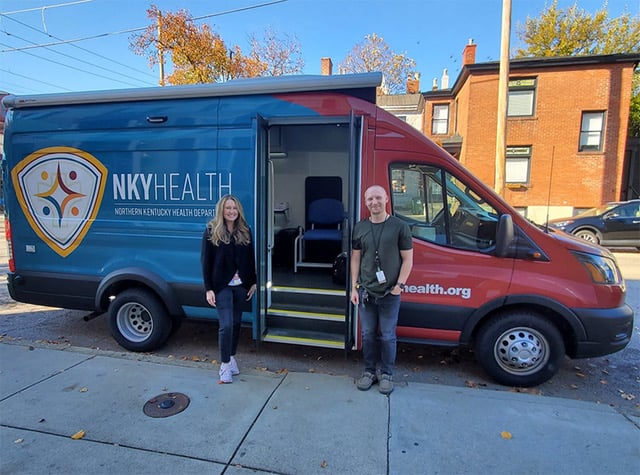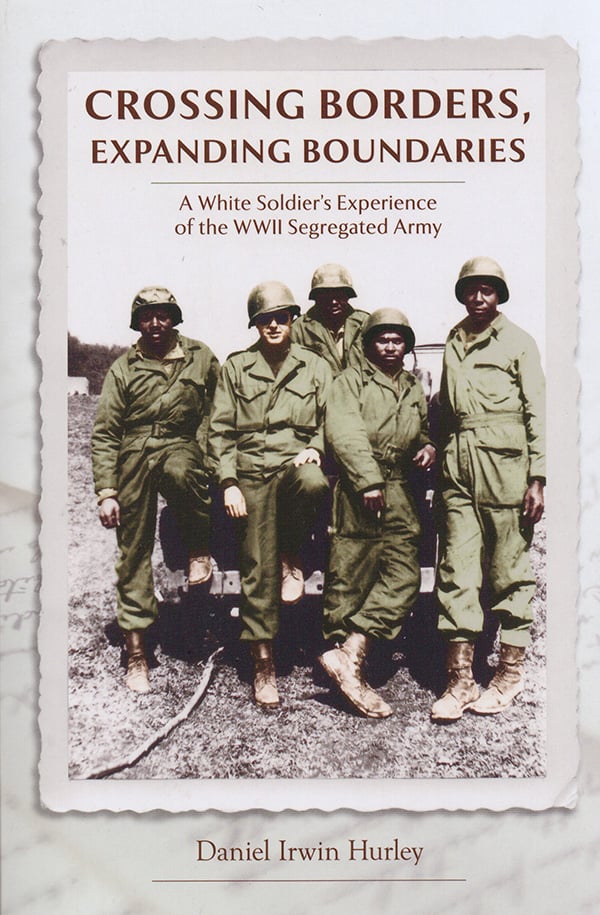This column on bullying in schools will run periodically on the NKyTribune.
By Melissa Martin
Special to NKyTribune
Does bullying lead to suicide in adolescents? How can these tragic deaths be prevented? What can parents do? What can schools do? What can communities do?
In 2010, the Centers for Disease Control and Prevention formulated an expert panel to explore the relationship between bullying and suicide-related behaviors and to examine the research. Three main themes emerged: (1) bullying is a significant public health problem among youth; (2) there is a strong connection between bullying and suicide-related behaviors, but there are other factors involved like depression and delinquency; and (3) there are public health approaches for prevention.
Research on Bullying and Suicide
Does bullying cause suicide? The new word “bullycide” is being used; however some mental health experts caution this buzzword as an oversimplification of a complex issue.
Current studies speculate that many factors need to be considered when teens commit suicide after being bullied by peers at school.
The Relationship between Bullying and Suicide: What We Know and What it Means for Schools was released by the Centers for Disease Control and Prevention. It summarized the latest research on the relationship between bullying and suicide-related behavior and included research findings reported in the Journal of Adolescent Health’s 2013 Supplement, “Bullying and Suicide: A Public Health Approach.”
Researchers and colleagues in the 2009 Journal of Pediatrics reported that youth victimized by their peers were 2.4 times more likely to report suicidal ideation and 3.3 times more likely to report a suicide attempt than youth who reported not being bullied.
Risk factors for victims of bullying included: problems before the bullying, depression or mental health issues, boyfriend or girlfriend relationship problems, substance abuse, prior suicide attempts, emotional distress, sexual abuse, physical abuse, a history of self-harm, and witnessing domestic violence in the home.
Protective factors for victims of bullying included: parent and other adult connectedness, caring friendships with peers, caring teachers, liking school and academic achievements, school and neighborhood safety, and physical activity. Teens with protective factors were less likely to commit suicide after being bullied.
Suicide Information
According to the Kentucky Youth Risk Behavior Survey, 15 percent of Kentucky high school students (1 in 7) reported having seriously considered suicide within a 12-month period. Additionally, 17.4 percent of Kentucky middle school students (nearly 1 in 5) reported they had seriously considered killing themselves at some point in their lives.
Suicide is the second leading cause of death for Kentuckians 15-34 years old, according to the Centers for Disease Control and Prevention.
Resources
The documentary film Bully, was filmed over the course of the 2009/2010 school year and depicts how bullying affected five kids and their families and “It captures a growing movement among parents and youths to change how bullying is handled in schools, in communities and in society as a whole.” A trailer preview is provided here.
It Gets Better Project was created after several GLBT students committed suicide after being bullied in school. It has inspired 50,000 user-created videos viewed more than 50 million times. Click here.
Click here to read several articles on bullying.
Signs of Suicide, or SOS, is a 2-day secondary school-based intervention that includes screening and education for depression and suicide risk and students are referred for professional help as indicated. Click here.
Click here to learn more about suicide hotlines.
Visit the Kentucky Center for School Safety website here and learn more about suicide prevention and intervention.
Parents, schools, and communities can join together in a county-wide agenda to prevent both bullying and suicide. Schools can partner with community mental health agencies, pediatricians, local health departments, churches, and other organizations.
Melissa Martin, Ph.D., is a child therapist, consultant and educator in Wheelersburg, Ohio.


















